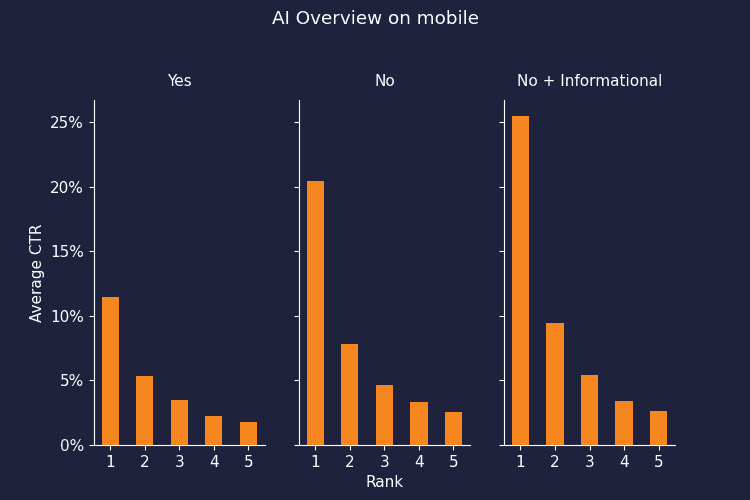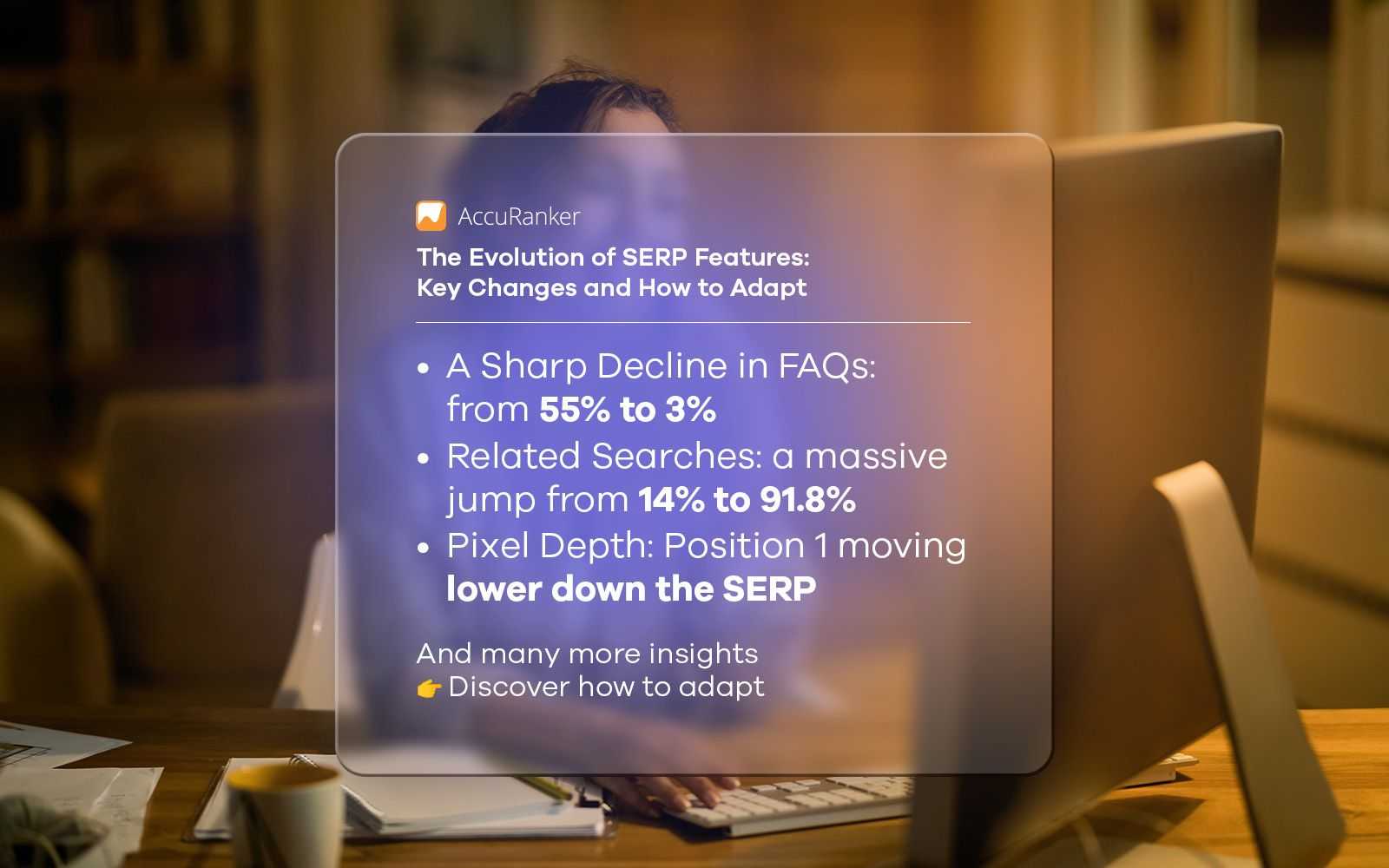Incorporating Cybersecurity into a Robust Business Model
Last updated on Friday, December 1, 2023

In today's digital age, where technology fuels every aspect of businesses' operations and communications, cybersecurity has become an utmost priority for organizations across various industries. With the ever-increasing sophistication and frequency of cyber-attacks, companies must incorporate robust security measures to protect sensitive data, preserve customer trust, and ensure business continuity.

Source: NordLayer
This article explores the importance of integrating cybersecurity into a comprehensive business model and outlines vital strategies organizations can adopt to fortify their defenses against cyber threats. By prioritizing cybersecurity in their strategy, companies can pave the way for sustainable growth, competitive edge, and resilience in an increasingly interconnected world.
Role of Cybersecurity in a Modern Business Landscape
In a modern business landscape, cybersecurity plays a crucial role in safeguarding sensitive information and preserving the integrity of operations. With technology being an integral part of businesses' day-to-day activities, ensuring robust security measures is paramount to protect against the escalating sophistication of cyber threats. Organizations can mitigate risks associated with data breaches and other cyber attacks by incorporating cybersecurity into their business models.
One key aspect where cybersecurity plays a significant role is in preserving customer trust. In today's digital era, customers entrust businesses with their personal and financial data when engaging in online transactions or sharing information through various platforms.
Moreover, a breach in security can lead to severe reputational damage and loss of consumer confidence. Incorporating robust security measures allows organizations to protect customer data and demonstrate commitment to maintaining confidentiality and establishing trust.
Furthermore, incorporating cybersecurity into a comprehensive business model ensures continuity of operations amidst increasing cyber threats. Cyber attacks often disrupt critical systems or infrastructure, leading to costly downtime for organizations. By implementing preventive measures, businesses can minimize the risk of these disruptions and maintain uninterrupted services for their clients.
Understanding the Potential Risks and Consequences of Cyber Attacks
As businesses become increasingly reliant on technology, it is essential to understand the potential risks and consequences of cyber attacks. Cybersecurity breaches can result in significant financial loss, damage to reputation, and disruption of operations.
Businesses that fail to prioritize cybersecurity may find themselves vulnerable to data theft or manipulation, leading to loss of customer trust and legal complications. With the rapidly evolving landscape of cyber threats, organizations must stay proactive in implementing comprehensive security measures.
By incorporating cybersecurity into a robust business model, companies are better equipped to protect sensitive data from unauthorized access or distribution. It includes implementing robust encryption protocols, regularly updating software and systems for vulnerabilities, and conducting regular audits and training sessions for employees on safe online practices.
Besides, businesses must recognize that investing in cybersecurity is about preventing attacks and maintaining resilience in the face of potential breaches. Furthermore, integrating cybersecurity into a business model helps organizations demonstrate their commitment to protecting customer information effectively.
By being transparent about security measures implemented within their operations, businesses can build customer trust by assuring them that their sensitive data remains secure. In the event of a cyber attack occurring despite these precautions, having a well-structured response plan can minimize its impact on business continuity by enabling swift detection and containment.
Understanding the potential risks and consequences associated with cyber attacks is essential for building a solid defense against threats targeting modern businesses. With practical strategies integrated into their business models, organizations can safeguard valuable assets while earning stakeholders' confidence amidst relentless technological advancements worldwide.
Assessing Vulnerabilities and Threats
Incorporating cybersecurity into a robust business model requires assessing vulnerabilities and threats to create a strong foundation. By conducting thorough assessments of potential weaknesses within network infrastructure, systems, and procedures, organizations can identify areas susceptible to cyber-attacks. These assessments involve evaluating the effectiveness of existing security measures and identifying gaps or areas for improvement.
Once vulnerabilities are identified, organizations can prioritize the threats they face based on their potential impact and likelihood of occurrence. It helps allocate resources effectively towards implementing appropriate controls and countermeasures. Assessing vulnerabilities and threats also involves staying up-to-date with the latest trends in cyber attacks and understanding the strategies employed by malicious actors.
By proactively assessing vulnerabilities and threats, businesses can establish a comprehensive cybersecurity framework that mitigates risks effectively. It allows them to take proactive measures, such as
Regularly patching software vulnerabilities
Implementing multi-factor authentication
Performing regular data backups
Educating employees about phishing attempts
Conducting penetration testing exercises
Assessments help organizations understand where their weaknesses lie so that they can invest in appropriate technology solutions and training programs to minimize their risk exposure significantly.

Source: NordLayer
Best Practices and Strategies
Incorporating cybersecurity into a robust business model is crucial in today's digital age. With technology playing a significant role in business operations and communications, organizations must prioritize security measures to safeguard sensitive data.
Cyber attacks are becoming increasingly sophisticated and frequent, posing a significant business threat. Organizations can protect their valuable assets by implementing adequate security measures, maintaining customer trust, and ensuring uninterrupted business continuity.
Organizations should implement several best practices and strategies to achieve an effective cybersecurity strategy.
First and foremost is developing a comprehensive risk assessment framework that identifies vulnerabilities within the organization's infrastructure.
Regular assessments enable businesses to proactively identify and address weak points before cybercriminals can exploit them.
Another essential aspect of incorporating cybersecurity into a business model is employee education and awareness training. Human error continues to be one of the leading causes of data breaches; therefore, educating employees about security threats helps create a human firewall against malicious activities.
Furthermore, organizations should regularly and promptly update their systems with patches released by software vendors. It ensures that known vulnerabilities get addressed for better protection against emerging threats.
By adopting these best practices and strategies while integrating cybersecurity into their overall business models, organizations can significantly enhance their resilience against cyber attacks.
Educating Employees: The Human Factor in Cybersecurity
While technology and infrastructure play a significant part in defending against cyber threats, human actions can make or break an organization's security protocols. By educating employees on best practices, risks associated with cyber attacks, and the importance of data protection, businesses can empower their workforce to become the first line of defense against potential breaches.
Through comprehensive training programs and ongoing awareness campaigns, organizations can foster a culture of cybersecurity consciousness among their staff. It includes promoting safe browsing habits, emphasizing the significance of strong passwords and multi-factor authentication, and encouraging regular updates for software and applications.
Additionally, providing clear guidelines on handling sensitive information online and offline will help employees recognize potential vulnerabilities while minimizing risks associated with social engineering attacks.
By investing in employee education as part of a holistic approach to cybersecurity measures, organizations strengthen their defenses and cultivate a sense of responsibility toward protecting sensitive data.
Through continuous learning initiatives that keep pace with evolving cyber threats, such as phishing scams or malware attacks, companies can create an empowered workforce capable of vigilantly identifying suspicious activities while championing cybersecurity practices.
Continuously Monitoring and Updating Security Systems
Incorporating cybersecurity into a robust business model involves continuously monitoring and updating security systems. Effective cybersecurity practices require businesses to have real-time visibility into their networks, applications, and infrastructure.
Organizations can promptly identify potential vulnerabilities or breaches in their systems by implementing advanced monitoring tools and techniques. This proactive approach to security allows for timely response and mitigation of any threats before they can cause significant damage.
Furthermore, regular updates are crucial for maintaining the effectiveness of security systems. Hackers often find new ways to exploit weaknesses in existing defenses, making it essential for businesses to stay ahead of evolving threats.
Regular updates ensure that security measures are up-to-date with the latest patches and defense mechanisms against emerging cyber-attacks. By actively visiting information about current trends in cybersecurity and adopting industry best practices, organizations can strengthen their overall security posture and minimize the risk of data breaches or other malicious activities.

Source: NordLayer
Investing in Cybersecurity for Long-Term Success
Incorporating cybersecurity into a robust business model is essential for long-term success in today's digital age. With cyber-attacks becoming more sophisticated and frequent, organizations must prioritize implementing solid security measures to safeguard sensitive data. Businesses can protect their information and maintain their customers' trust and confidence by doing so.
Investing in cybersecurity offers several benefits.
Firstly, it helps prevent data breaches that could result in costly legal battles, fines, and reputational damage.
Secondly, it safeguards crucial intellectual property and trade secrets from falling into the hands of competitors or malicious actors.
Additionally, taking a proactive approach to cybersecurity allows businesses to ensure business continuity by minimizing downtime caused by cyber incidents.
By incorporating comprehensive security measures into their operations, organizations can demonstrate their commitment to protecting customer privacy and generating stakeholder trust.
Investing in top-notch technology solutions and employee training programs also enhances overall efficiency and productivity within the organization.
Ultimately, a proactive approach towards cybersecurity is crucial for long-term success as it strengthens an organization's resilience against evolving cyber threats and positions them as leaders in their industry.
Conclusion
Incorporating cybersecurity into a business model is not just an option but a necessity in today's digital age. It serves as a protective shield that safeguards valuable data and maintains the integrity of businesses. A robust cybersecurity system can significantly reduce the risk of cyber threats, ensuring companies can operate without fear of such attacks.
Therefore, every business must prioritize effective cybersecurity measures to build customer trust and ensure continued growth. Adopting a solid cybersecurity system is no longer a choice but a critical business strategy essential for survival and success in today's digital world.

Article by:
Muhammed
Freelance Writer
Muhammad is a freelancer writer based with 3 years of experience under his belt. He writes most often at home and at tech. When not writing, he enjoys reading and adventuring.


